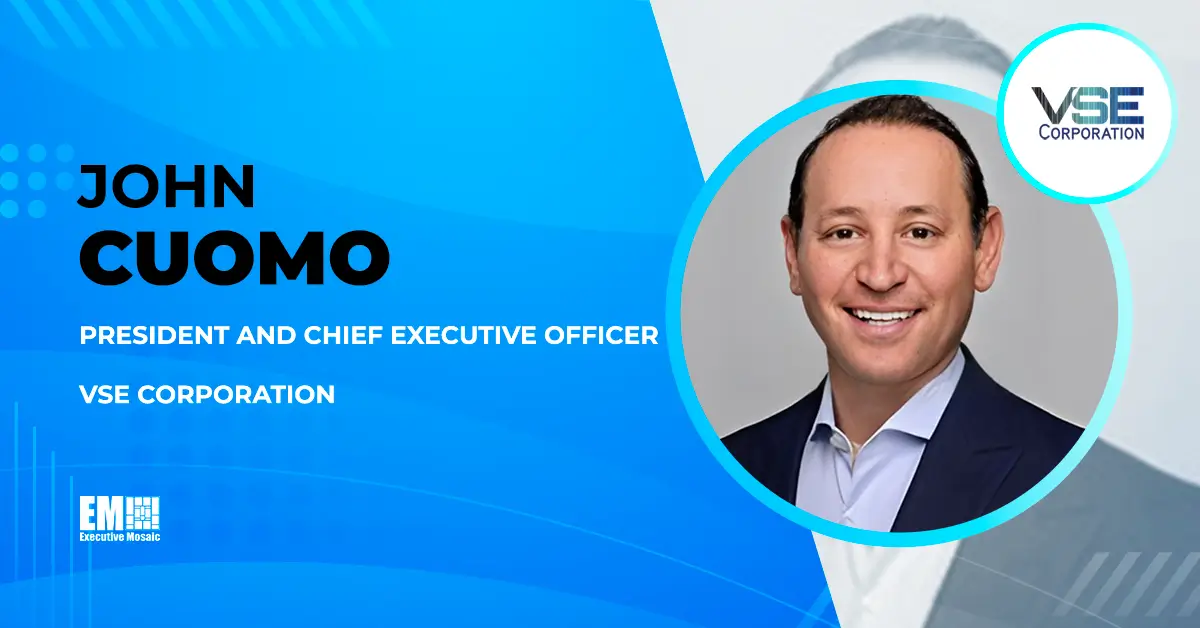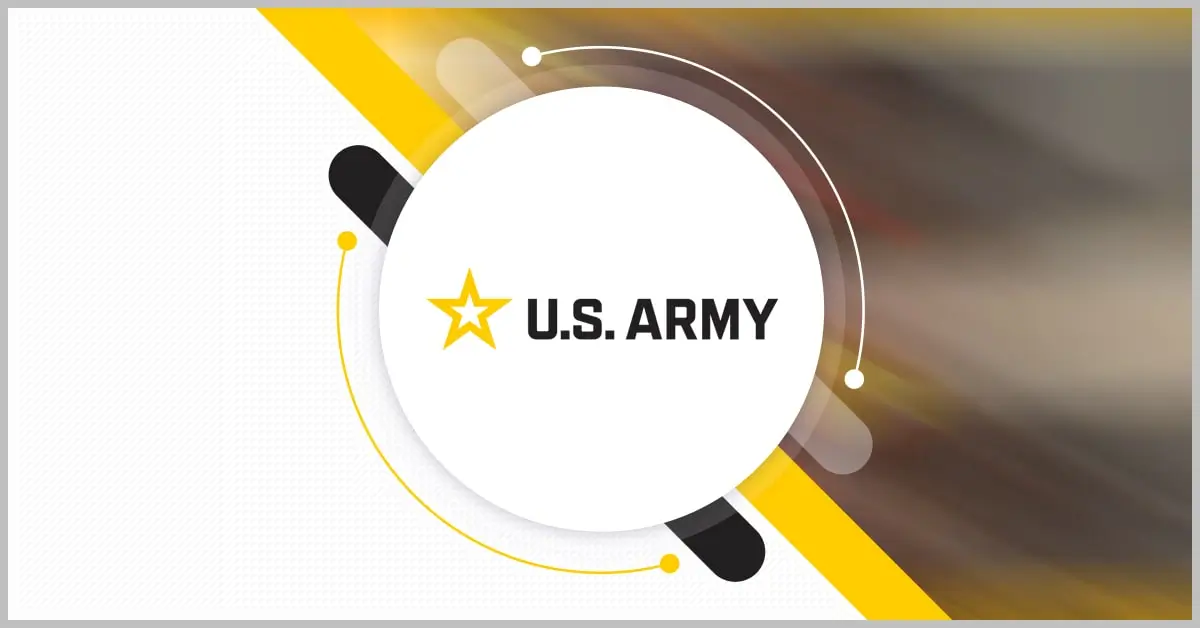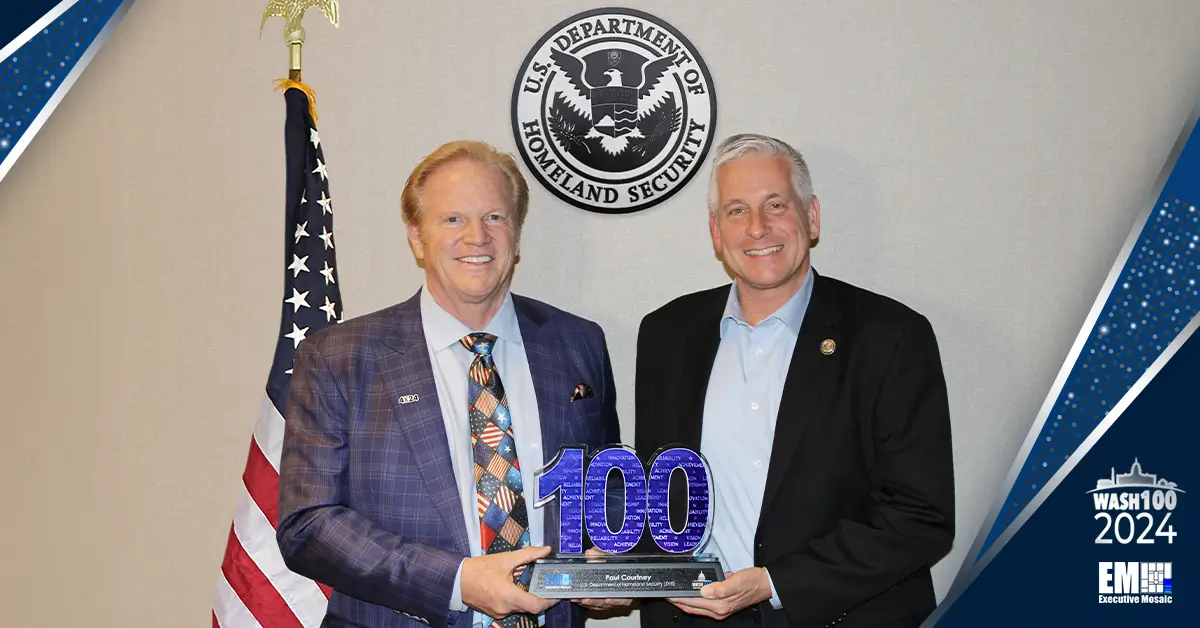Government agencies in the U.S. had to quickly adapt to remote work at the onset of COVID-19 in March 2020; but now, as more organizations return to in-person work, the Intelligence Community, in particular, is being significantly affected by workforce attrition.
Because the IC deals with a higher proportion of classified work than other federal agencies, much of its operations must be performed in-person and telework options are limited.
“From a contract standpoint, there are some things you can do from home, but not others,” said Karen Mumford, head of contracting activity for the Defense Intelligence Agency, in a panel discussion during the 2nd Annual IC Acquisition and Technology Innovation Summit hosted by GovCon Wire Events.
“We’ve had retention issues as a result of telework,” Mumford added. “Even though we still do some telework, we’re losing officers to government agencies that are doing full-time telework, and that’s something as an IC, we’re all going to have to figure out how we can address.”
Recent talent shortages have forced agencies in the IC to approach their business models with a new perspective and take another look at areas that may have the flexibility to change.
For example, the Central Intelligence Agency’s talent center has taken on a Future of Work initiative that “looks across the enterprise and the agency on what functions could actually continue to be performed in a remote work environment,” according to Margaret Augustine, senior acquisition executive for the CIA.
Though the effort is still in the review process and undergoing a robust consideration of technology and security requirements before it can be implemented at scale across the CIA, Augustine said the pilot program is underway and seeing success thus far.
But an increasingly remote workforce is not the only challenge IC acquisition leaders face. Classification and security clearances are also becoming more of a burden and slowing the speed of innovation for agencies that deal with classified information.
Mark DeVido, director of the Office of Contracts within the National Reconnaissance Office, explained that while some small pockets of NRO’s work can be performed at alternate sites, most of the agency’s work is classified and must be performed in SCIFs, or sensitive compartmented information facilities.
“We are taking a close look as the acquisitions emerge, on a case-by-case basis, to see what we can do more of unclassified,” DeVido said. “I think the reality in the marketplace is that it is a big issue.”
Intelligence agencies are prioritizing these classification and workforce issues while simultaneously driving improvements to their acquisition processes, which are known across the community for being tedious and bureaucratic.
“One of the challenges that we have is our security process and the long amount of time it takes to get contractors cleared to work,” Mumford shared, “When we start talking about metrics, how can we hold industry accountable if it’s taking three, four, five months to get contractors cleared?”
IC leaders are now moving away from Level of Effort acquisition approaches and more toward outcome- and performance-based strategies to enable more streamlined engagement with industry.
The CIA has established a requirements definition capability to transform its acquisition process, Augustine explained. “As programs come to our board and review/approval process, we are strongly encouraging those programs to take advantage of the RDC, to use those experts, to see how those requirements can be converted into outcome-based deliverables,” she said. “There is a big push for that.”

Join the Potomac Officers Club’s Reframing Cyber Posture Around Data Collection, Analysis and Action Forum on May 24. Ann Dunkin, chief information officer for the Department of Energy, and Puesh Kumar, director for the DOE’s Office of Cybersecurity, Energy Security and Emergency Response, are scheduled to keynote the event.







